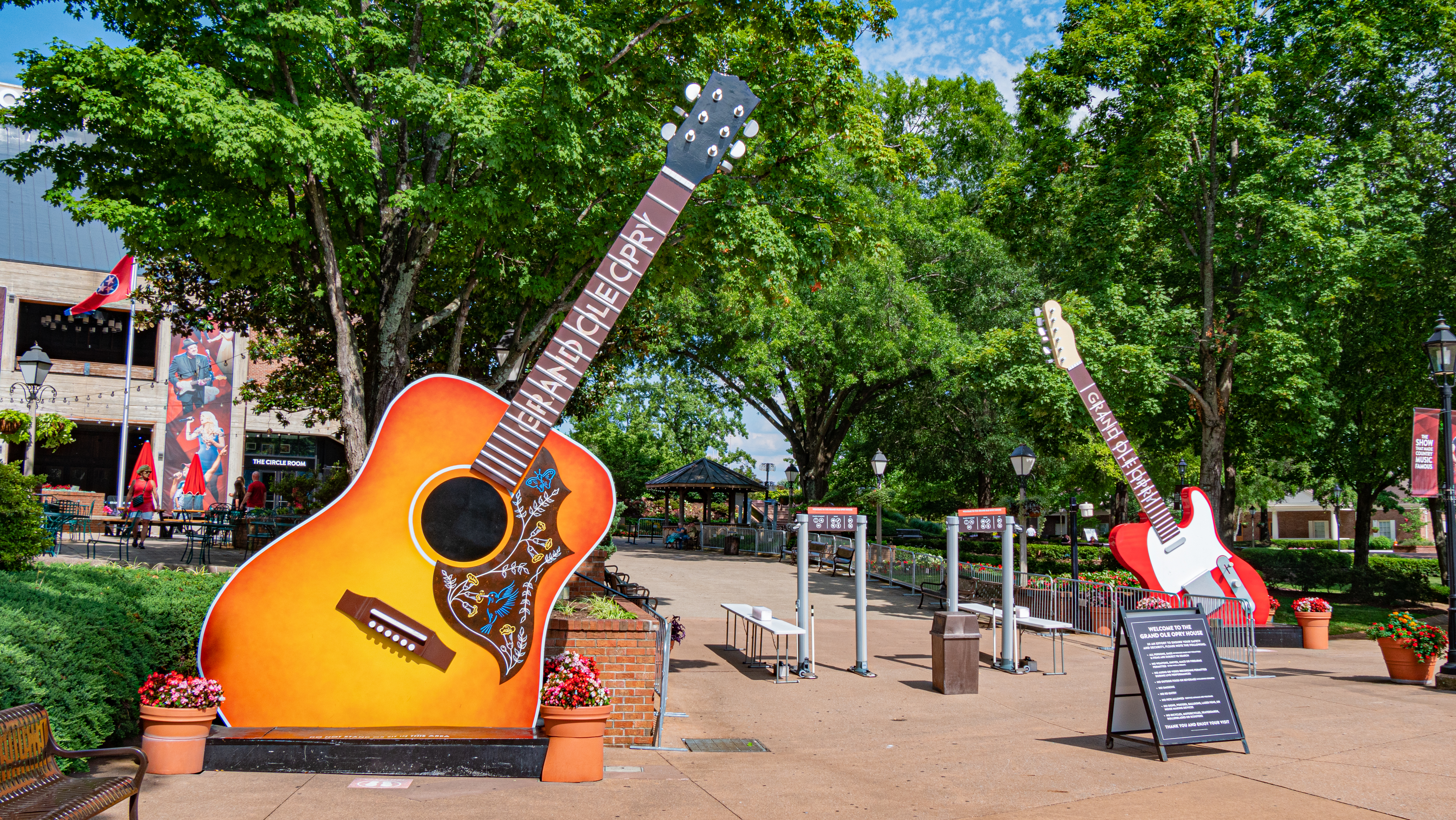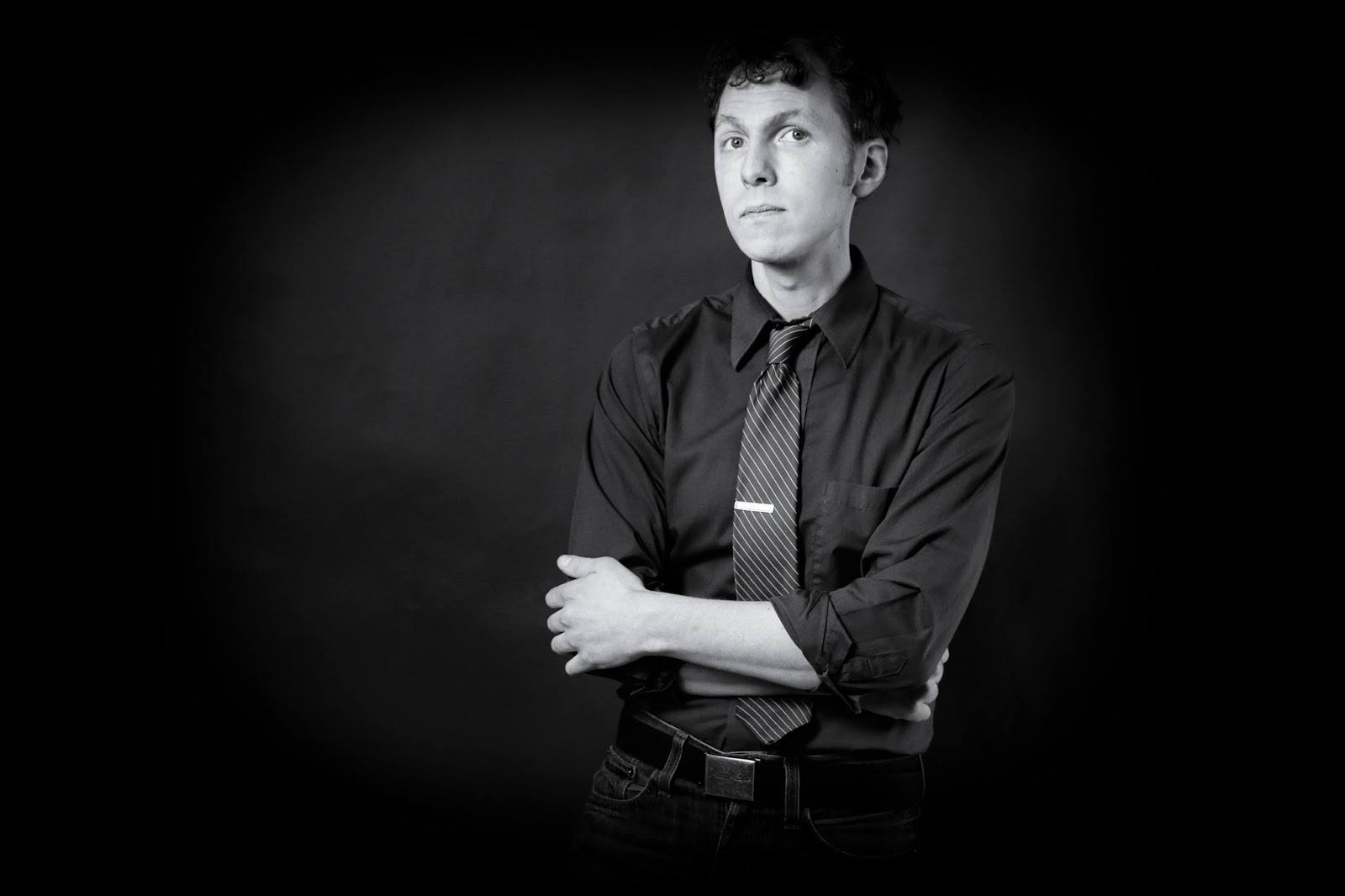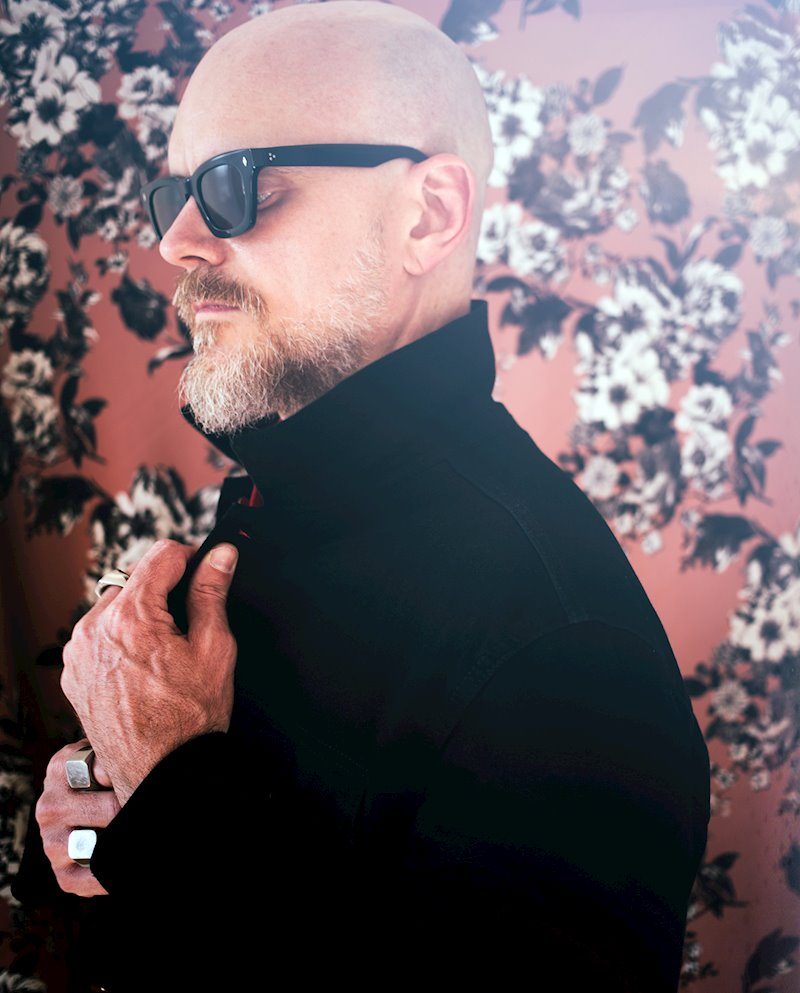Revisiting the “African avant-garde jazz” of the pyramids, four decades later

In the early 1970s, when many jazz musicians looked directly to Africa for rhythm and inspiration, a group of students from Antioch College took it even further, creating music so overtly African you’d think she was straight out of Kenya or Senegal, not some small liberal arts college in Yellow Springs, Ohio.
Between 1973 and 1976, the Pyramids released their music independently and sold albums hand-to-hand to classmates and on their road trips. Although the band won a handful of fans, their music – “avant-garde African jazz,” bassist Kimathi Asante called it in an interview – was impossible to market.
“It was a bit too much for people,” said Margaux Simmons, who played flute in the band. “We were so eager and open and went for it.”
On Friday, a new box set titled “Aomawa: Recordings of the 1970s” will mark the Pyramids’ widest music release to date, reintroducing the band’s first three studio albums: “Lalibela”, “King of Kings” and ” Birth/Speed”. /Merging” – and digging up a 1975 live session for KQED TV in San Francisco.
The members of the group began to regroup after the return to Antioch of its future leader, Idris Ackamoor, after a work-study internship in Los Angeles, where he was mentored by saxophonist Charles Tyler. Ackamoor founded a group with Simmons called the Collective, which Asante later joined. The following year they played original compositions influenced by Pharoah Sanders, Cecil Taylor, mid-60s John Coltrane and classical music.
In the fall of 1971, the three students joined the Black Music Ensemble, a group founded by free jazz pioneer Cecil Taylor, who had come to teach in Antioch in the late 1960s, and began an intense period of musical training. “He made us practice from 10 p.m. to 2 a.m., seven days a week, for months,” Asante said. “We had chops that were just off the charts.”
Nine months into their tenure with Taylor, Ackamoor had an idea: Antioch had a work-study program that allowed students to travel overseas, so he wrote a proposal to study the source of black art. . “I said, ‘I want to go to Europe, I want to form a band, and then I want to go to Africa for nine months and study African music,’” Ackamoor recalled in a video interview.
The school approved the request, requiring six weeks at a university in France. Ackamoor and Simmons flew to Paris in July 1972, where they befriended a young percussionist named Donald Robinson, who studied there with drummer Sunny Murray. At a university in Besançon, Ackamoor, Simmons and Asante played their first show as a trio, then played gigs around Amsterdam after Robinson officially joined the band. In France, they had lived in separate dormitories that formed a triangle, giving the group its name. (An indie band called Pyramids produced surf rock in the 1960s.)
But the most crucial part of the group’s journey was yet to come. After a week in Morocco and Senegal, the Pyramids spent seven months in Ghana, Kenya and Uganda, engaging in spiritual practices, playing in drum circles and purchasing instruments. As black Americans, an almost indescribable feeling set in once they landed there.
“It was the sense of community,” Simmons said. “It came from a place of spirituality, rather than something just to make music.”
Ackamoor said when the group was in Africa, “We just wanted to be vessels,” adding, “We wanted to take in as much as we could, and luckily we were blessed and directed to the right sources.
The pyramids returned to Ohio “transformed,” Asante said. “We weren’t the people or the musicians who had left Yellow Springs a year before.” The group reinforced their sound with Moroccan clay drums, a bamboo flute and a Ugandan harp, giving their music a distinct African touch.
Back in Ohio, conga player Bradie Speller joined the Pyramids, adding even more percussive depth. The group played gigs on campus and even opened for jazz fusion band Weather Report in Dayton and Cincinnati. The Pyramids have emphasized drama and costume as part of their live shows, eschewing street clothes for colorful face paint, ornate kente cloth and interpretive dancing. “We had a show going,” Ackamoor said, “a ritual show that was a visual feast, not just for the music, but for the eyes, the movement and the dance. We were a multimedia show.
There was an element of self-awareness in the band’s music, akin to experimental jazz luminaries including the Sun Ra Arkestra and the Art Ensemble of Chicago. But Ackamoor said concerns about “humanity” came to the fore. “Although we are Afrocentric, we have never defined ourselves as Afrocentric,” he said. “We, at a very early stage, spoke and talked to every language, every color, every race, but we were African Americans doing it.”
The Pyramids recorded their 1973 debut album, “Lalibela” – inspired by Ackamoor and Simmons’ trip to the Ethiopian town of the same name – in a friend’s living room in Yellow Springs on a four-track cassette. “A lot of it was on the first take,” Asante said. “It was a very pure album.” Its 1974 follow-up, “King of Kings”, was made in an all-night marathon session at a studio in Chillicothe, Ohio. Both albums contain long, percussive suites, with searing saxophone howls and flute solos in the upper register that work best when played back and forth without a break. The results were bold yesterday and today.
“We were more concerned with moving the music forward and creating a sound that we owned,” Speller said in a phone interview.
By the time the Pyramids recorded their third album, “Birth/Speed/Merging,” in 1976, they had moved to the Bay Area to be closer to some kind of music industry. Ackamoor’s brother, who lived in San Francisco, helped finance the LP and put the band in a studio with better facilities and multitrack equipment. The Pyramids printed 5,000 copies of the LP, but they could not find a record label to distribute it. Then the band started to split up and the members moved around the world.
The Pyramids were trying to make a living as a cutting-edge band when even the most popular jazz musicians struggled to find their footing in a funk-dominated market. “It got deep,” Ackamoor said. “In the beginning, I had to pawn my instrument, do different things to survive. We were in the serious red, and once out of the college environment, we ran into the reality of black creative musicians trying to survive in America. The Pyramids opened the Berkeley Jazz Festival in 1977, then went their separate ways.
The band disappeared until 2007, when Ackamoor held a reunion concert after responding to requests for reissues of The Pyramids’ 1970s music. By then, the music had reached a new generation of listeners, and the band’s albums were selling for hundreds of dollars on eBay. Three years later, a German agency organized a European tour for the band.
In the years since, Ackamoor has resurrected the band in various guises, releasing the albums “We Be All Africans” in 2016, “An Angel Fell” in 2018, and “Shaman!” as Idris Ackamoor & the Pyramids in 2020. But you don’t get these albums without the foundation laid by the original Pyramids in the 70s, and the courage it took to walk into the unknown.
“We were the original musicians, producers, labels of Do It Yourself, the Nine Meters,” Speller said. “Everything cats do now, we did 50 years ago.”
Ackamoor isn’t done with the Pyramids just yet — a new album is in the works — but he said the box set captures a bold moment. “It’s an incredible historical document, but it’s also a living document,” he said. “The past is a wonderful thing, but I’m in the future and the band is in the future.”









